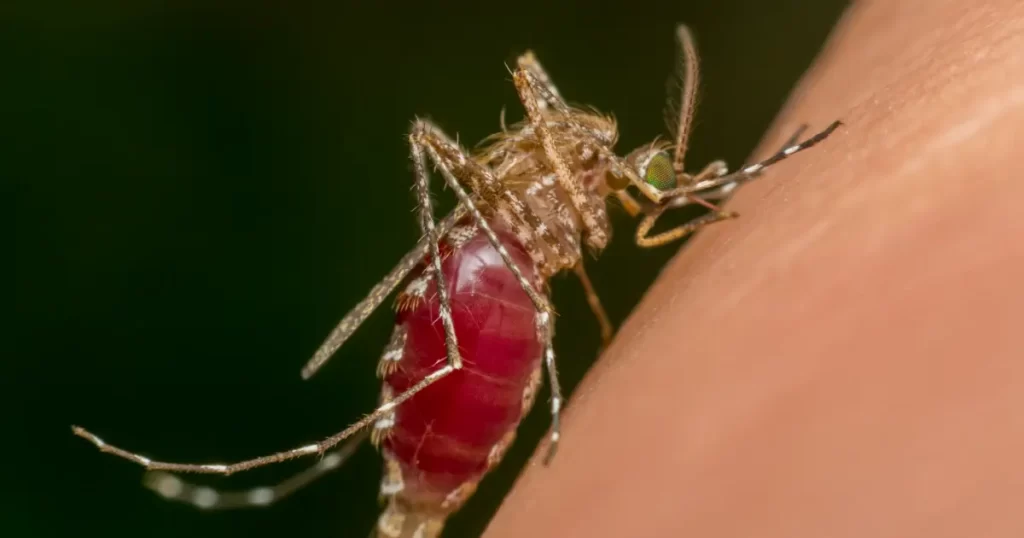Warming trends across North America have helped establish West Nile virus (WNV) as an endemic disease in New York state, and in the future continued climate change will help increase transmissibility of the virus, according to new research published late last week in Scientific Reports.
West Nile virus is part of the Flaviviridae family, which includes Zika, dengue, and yellow fever virus. Transmitted by mosquitoes, WNV infections are neuroinvasive and can be both severe and fatal, with significant proportions of patients experiencing meningitis, encephalitis, and acute flaccid myelitis.
WNV was first detected in New York state in 1999 and has become endemic in the last 25 years. The authors of the present study used surveillance and sequencing data of WNV isolated from mosquitoes across the state to study a correlation between rising temperatures, increased WNV genetic diversity, and prevalence.
Samples collected as part of the WNV mosquito surveillance program in New York from 2000 to 2018 were used in the study.
Across the globe, average temperatures are increasing with consequences for vector-borne disease transmission
“Across the globe, average temperatures are increasing with consequences for vector-borne disease transmission,” the authors wrote. “In NYS [New York state], temperatures have risen at an average rate of 0.3 °C per a decade since 1970 and are predicted to increase an additional 2.2 °C by 2080.”
In addition to looking at sequencing and surveillance data, the authors analyzed genetically distinct WNV strains from mosquitoes collected during recent warm summers (2017 and 2018) and cooler historic summers (2003 and 2004).
More transmission likely at higher temps
The authors found a positive correlation between intraseason genetic diversity and increased temperature.
To assess temperature and transmissibility the authors calculated the ratio of the mean relative reproducibility between different subsets of WNV samples collected in New York, including eight genetically distinct WNV strains from the years 2003–2004 (historic) and 2017–2018 (contemporary). They found that contemporary strains have a 29.3% (95% confidence interval [CI], 12.8% to 48.0%) increase in transmission potential at 24 °C (75.2 °F) and a 10.2% (95% CI, -0.3%, to 21.5%) increase at 28 °C (82.4 °F) compared with historic strains.
“The risk of WNV is predicted to increase in some regions as temperature increases yet predictive models that do not account for the potential for increased transmissibility of emerging WNV strains may underestimate the future risk,” the authors concluded. “Refining WNV thermal biology to consider the diverse and evolving nature of vector-virus interactions more accurately is key to preparing public health efforts for future vector-borne disease risks.”













